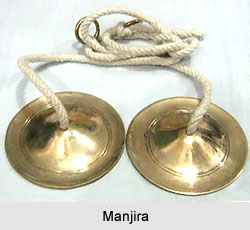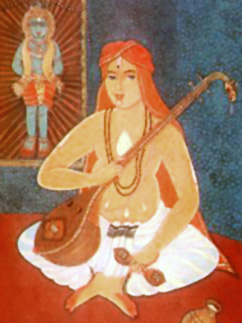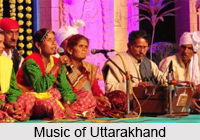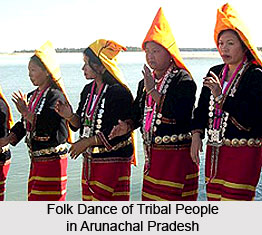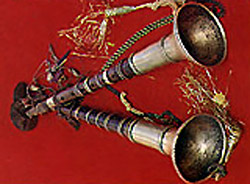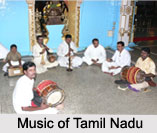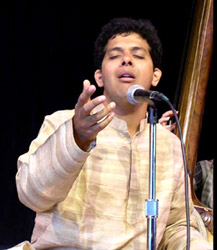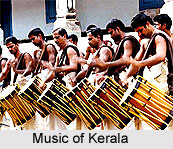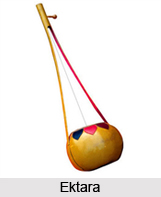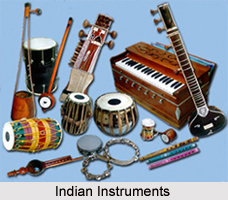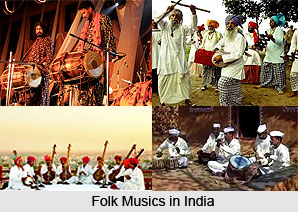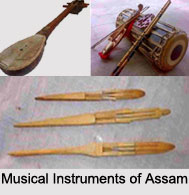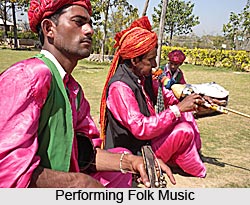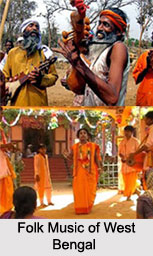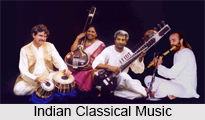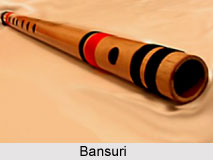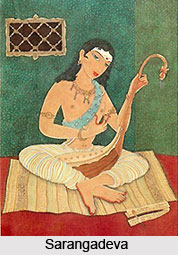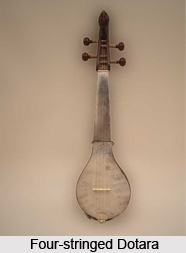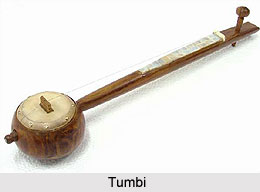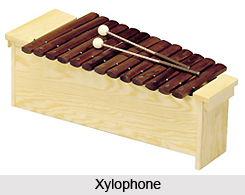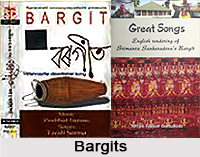 Bargits are devotional songs in Assamese literature where Sankaradeva was the pioneer, namely, in "Bargit", devotional songs; new literary types in Assamese. Shankaradeva was first great poet to use this artificial language, and superb was the use he made of it in his Bargits and Ankiya Nats. These were written in an archaic speech called `Brajabuli`, a mixed Maithili-Assamese dialect said to have been used by Lord Krishna and the Gopis in the epic age. This literary medium was in vogue among the mediaeval Vaishnavite poets of Bengal, Bihar and Orissa. The Buddhist Caryapadas may be said to have served for structural models of these Bargits.
Bargits are devotional songs in Assamese literature where Sankaradeva was the pioneer, namely, in "Bargit", devotional songs; new literary types in Assamese. Shankaradeva was first great poet to use this artificial language, and superb was the use he made of it in his Bargits and Ankiya Nats. These were written in an archaic speech called `Brajabuli`, a mixed Maithili-Assamese dialect said to have been used by Lord Krishna and the Gopis in the epic age. This literary medium was in vogue among the mediaeval Vaishnavite poets of Bengal, Bihar and Orissa. The Buddhist Caryapadas may be said to have served for structural models of these Bargits.
The growing popularity of music and the requirements of the devotional services made Sankaradeva compose a large number of Bargits, the most beautiful psalms in Assamese Literature even today. Sankaradeva`s Bargits have for their principal matter religious experience, philosophic reflection on the world and on morality, poignant introspection of the self, spiritual anguish, and yearning for illumination. Some of them speculate on the `Nature of God`, `His Relation to Man`, `His Boundless Compassion`, `The Burden of Human Existence`, `The Way of Liberation` and so forth. Others are exhortatory, urging men to `Chant the Name of Hari`, `To Think of Govinda`, `To Rest on the Feet of Lord Rama`, `To Leave the Illusory Pleasures of the World` and so on. Each one of the Bargits invariably concludes with a fervent prayer for shelter at the feet of Govinda and deliverance from suffering.
Brajabuli Language in Bargits
It is difficult to guess why Sreemanta Shankaradeva made a departure from the popular language of his poems and chose Brajabuli for his devotional lyrics and plays. The reason may be that Brajabuli as a language had less use of compound consonants, a preponderance of vowels, an alliterative fineness of texture, and a subtlety of implication, and these phonetic and other traits may be said to have made it a more flexible medium for lyric compositions. In addition to this flexibility, some element of sacredness was associated with this artificial language, as it was traditionally considered to be the hallowed language of "Vraja" (Vrindavana). This archaic language with a deeper tone and feeling was employed to "meet requirements which do not arise in ordinary speech", and it immensely succeeded in interpreting the Vaishnavite renaissance.
Comparison of Bargits with Other Traditional Music
It has been suggested that Bargits mean noble songs as differentiated from popular songs, love lyrics etc. that were prevalent at the time of Sankaradeva. Some people however wish to connect them with "Bar" a name given to the serious type of Hindustani music as opposed to the lighter varieties called "Chot". But it appears the name has scarcely anything to do with "Hindustani Bar". The word `bar` (big or senior) in Assamese is extensively used to differentiate a higher grade of the same class of things or persons. On the same analogy Bargits may be supposed to be so called because of their superior status among the Vaishnava prayer-songs. They are a group of devotional lyrics constituting a class by themselves and are held in great veneration in religious circles. Other songs similarly composed are never ranked as `Bargits`. Bargits are far more poetical than the "Kavyas" and more passionate even than the "Akhyanas of Kirtana".
In the Bargits, the researchers find Sreemanta Shankaradeva at his most exalted moments. Here he exhibits his power of fusing philosophical thought with lyrical feeling in a language at once felicitous and graceful. Numerous are the similes, metaphors, alliterations and other figures of speech used in these hymns making them enjoyable and appealing. The popularity of Bargits grew rapidly and a large number of such hymns were composed by later poets. Among these writers, there are also women. The best compositions are those of Madhavadeva, who himself was a master musician.
